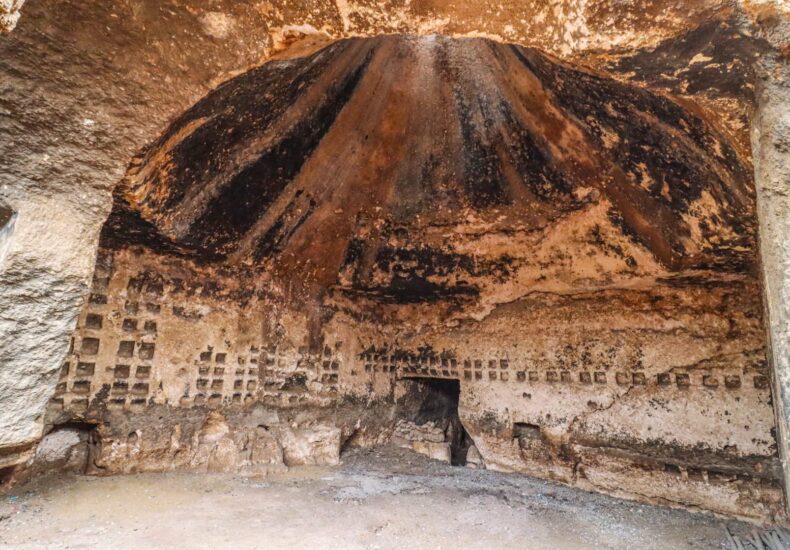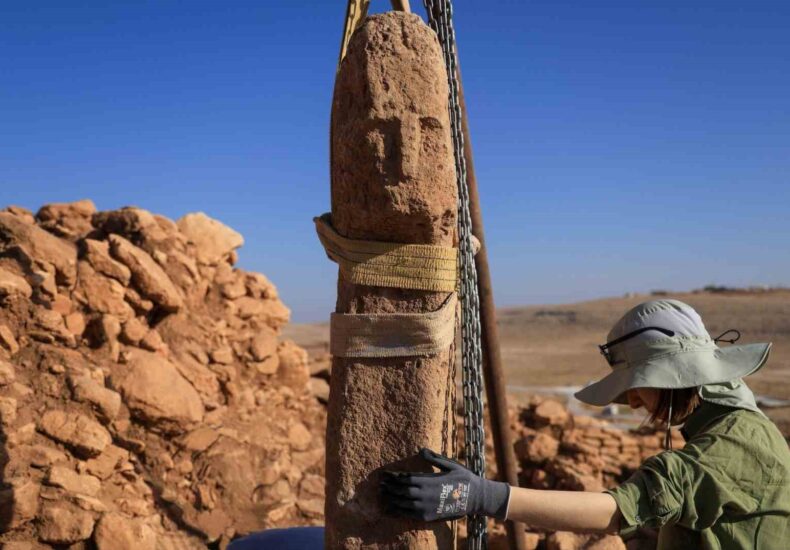
A Historic First at Karahantepe: Human-Faced T-Shaped Pillar Unearthed in Türkiye
Archaeologists have uncovered a T-shaped pillar carved with a human face at the Neolithic site of Karahantepe in southeastern Türkiye — a discovery described as a first in human history. The finding was announced by Minister of Culture and Tourism Mehmet Nuri Ersoy on his official X (Twitter) account, where he wrote: “Karahantepe — A
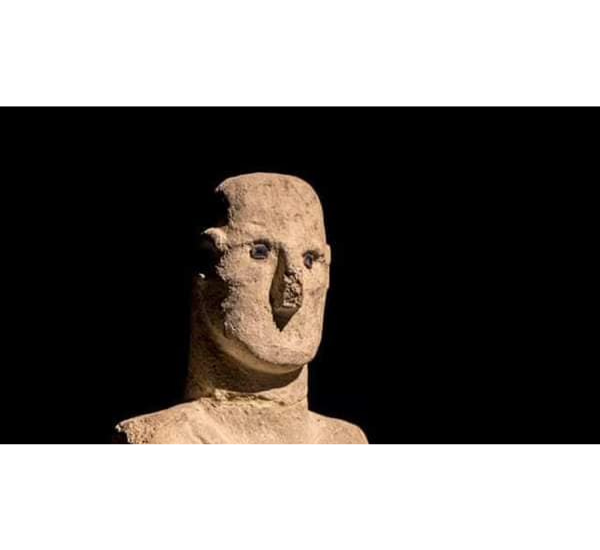
Urfa Man: The First Life-Size Sculpture in Human History
‘Urfa Man’ (also known as Balıklıgöl Statue) was unearthed in 1993 during a road work in Yeni Mahalle in Şanlıurfa city centre. Dating back approximately 11,500 years to the Neolithic period, this impressive artifact reveals the artistic skills and belief systems of people from that era. Features of the Urfa Man Statue: The limestone statue,
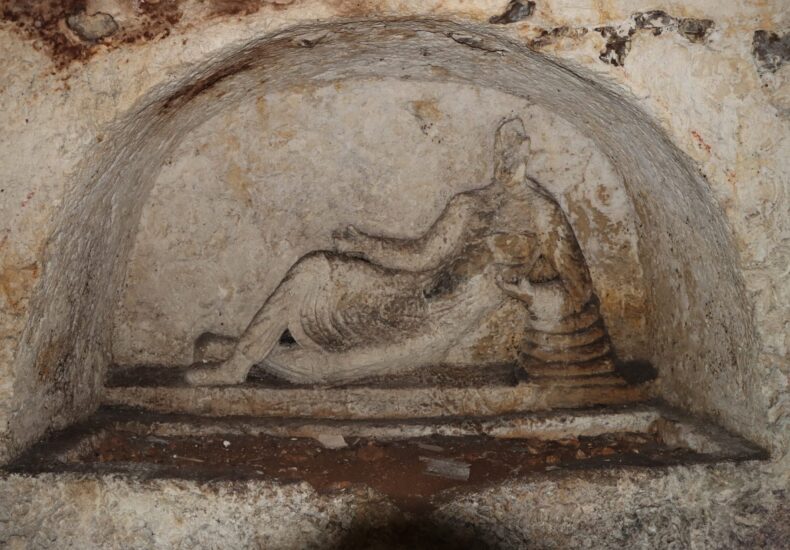
Unique rock tomb discovered by chance in the courtyard of a house in southeastern Türkiye
Şanlıurfa, located in southeastern Türkiye, has added a new mysterious page to its historical record. A 2300-year-old rock tomb, discovered by chance in the courtyard of a house, sheds light on the city’s thousands of years of history. This significant discovery, announced by Şanlıurfa Governor Hasan Şıldak, once again revealed the region’s rich cultural heritage.
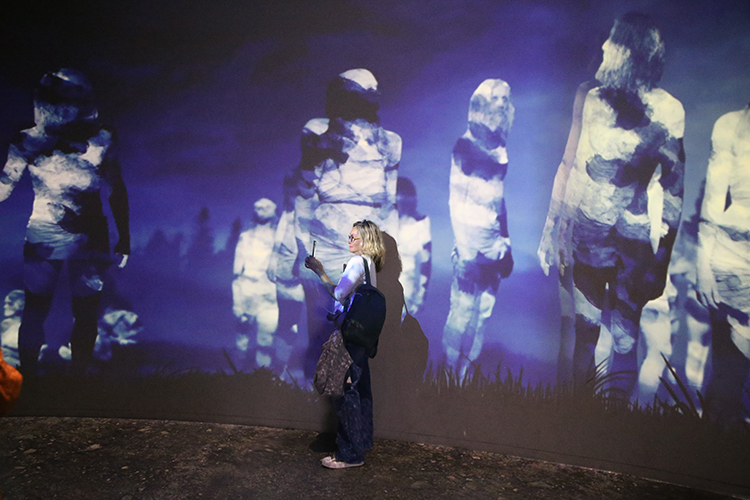
The 12,000-Year Neolithic World of Göbekli Tepe Animated
Step into the enigmatic world of Göbekli Tepe and embark on a journey 12,000 years into the past, to a time when the world’s oldest temples rose. This unique experience, brought to life through captivating animations, allows you to unravel the mysteries of the Neolithic era. Göbekli Tepe, located near Örencik village in the Haliliye
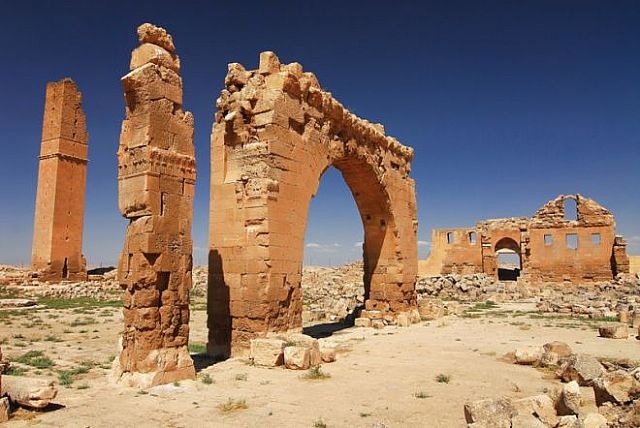
Ritual dog graves associated with the goddess Gula have been uncovered at the Harran archaeological site
In the Harran archaeological site, one of the oldest settlements in the world located in southeastern Türkiye, four dog graves dating back to the Iron Age have been uncovered. The ritualistically buried dogs are interpreted as a sign of belief in the healing goddess Gula. The Harran archaeological site, which is on the UNESCO World
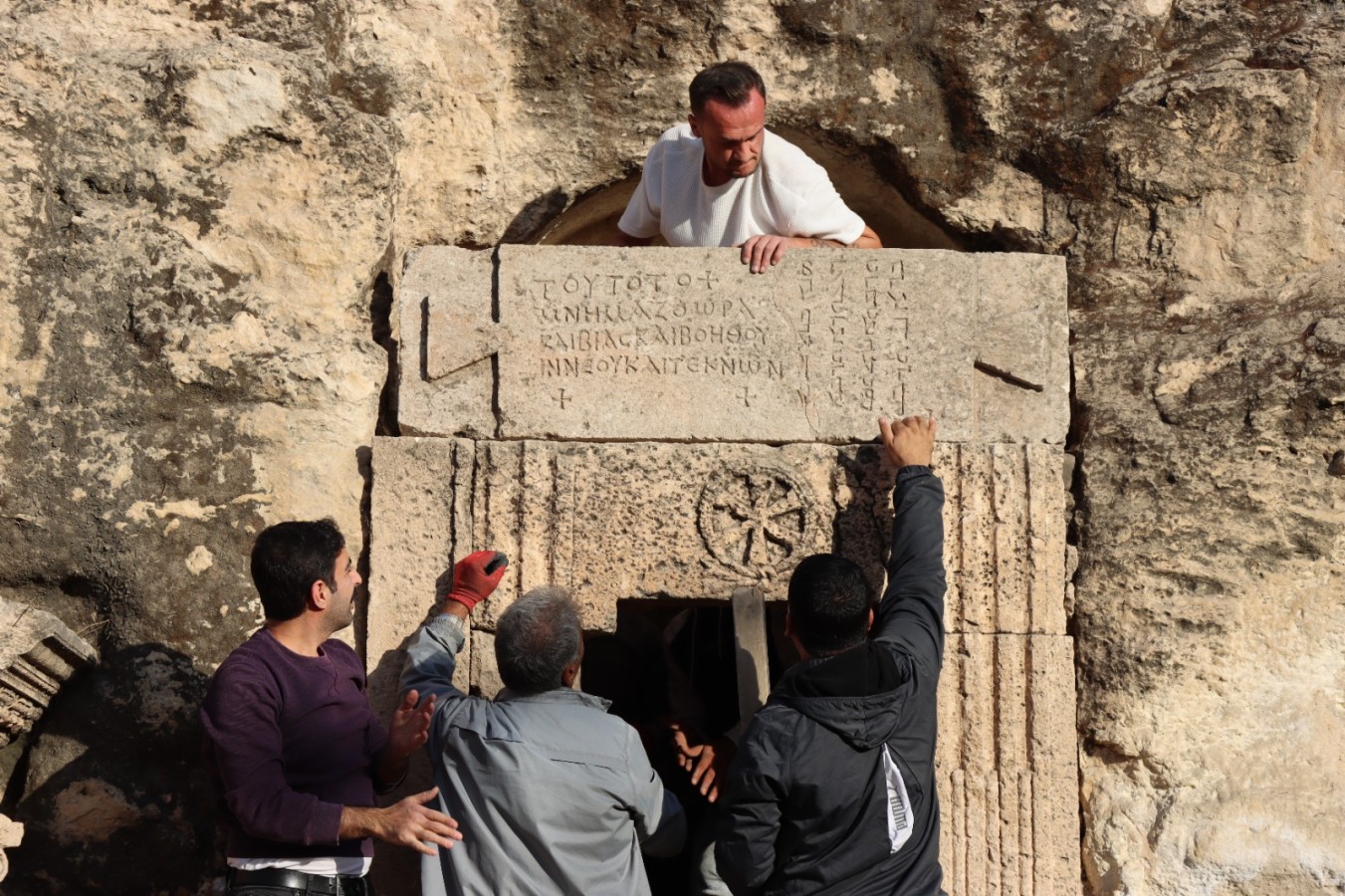
A tabula ansata featuring a bilingual inscription, found in front of a burial chamber adorned with the monogram of Jesus Christ, was restored
A bilingual inscription tabula ansata located in front of a burial chamber adorned with the monogram of Jesus Christ, found in the Kızılkoyun necropolis in Şanlıurfa, has been restored and returned to its original position. Kızılkoyun Necropolis is located in the Balıklıgöl plateau of Şanlıurfa. It bears traces of Hellenistic and Roman-Byzantine periods with tombs
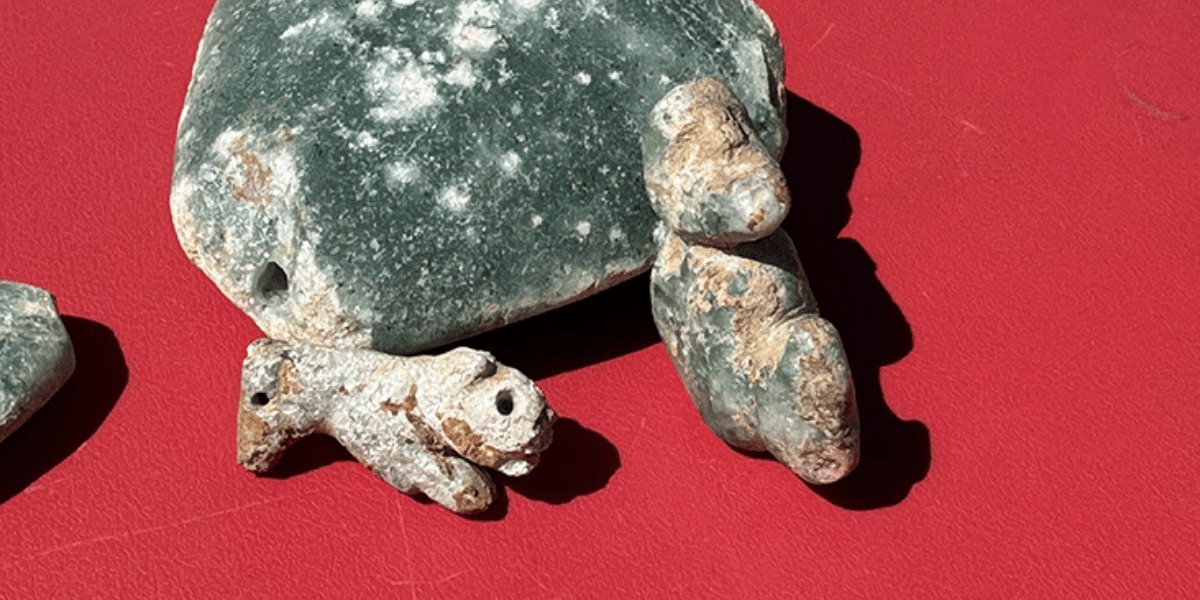
Two 10,000-year-old ornaments with leopard, vulture and human figures found in Sefertepe excavations
During the ongoing excavations at Sefertepe in Şanlıurfa, two ornaments, one with a leopard, the other with a vulture and human figures, dating back to approximately 10 thousand years ago, were discovered. The excavations at Sefertepe are being carried out within the scope of the “Stone Hills” project under the direction of Assoc. Prof. Dr.
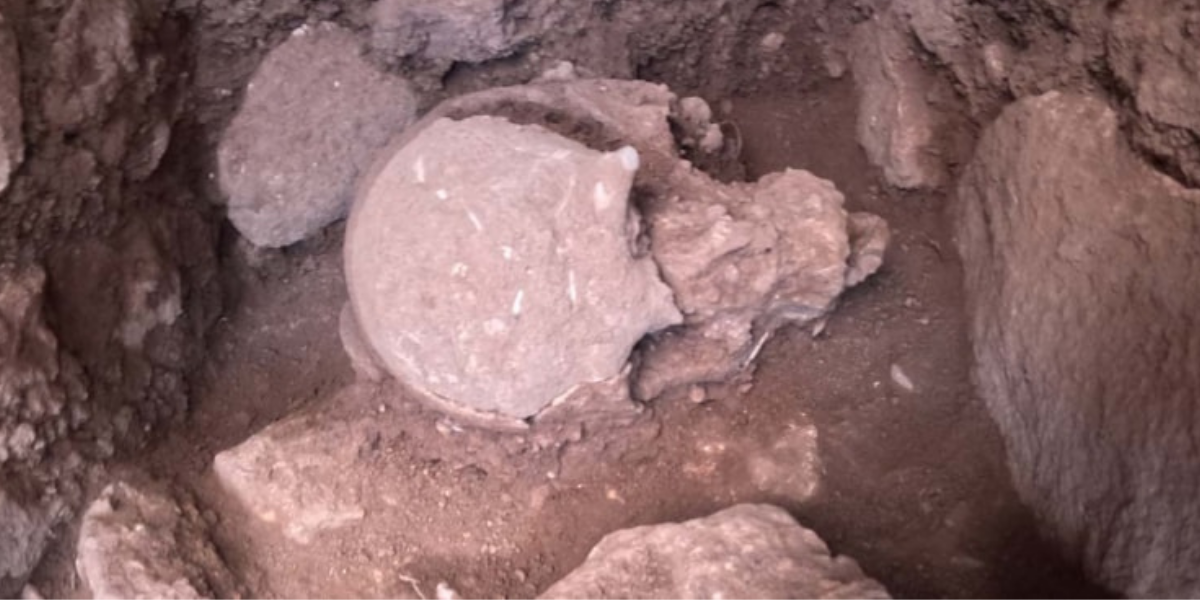
Neolithic human skull found in a niche at Sefertepe provides new insights into burial customs
The Neolithic human skull discovered during the ongoing archaeological excavations at Sefertepe within the scope of the Stone Hills Project (Turkish: Taş Tepeler Projesi) provides new information about burial traditions. Sefertepe is an important settlement from the Pottery-Free Neolithic Period located in the Viranşehir district of Şanlıurfa in southeastern Türkiye. Sefertepe provides important information about
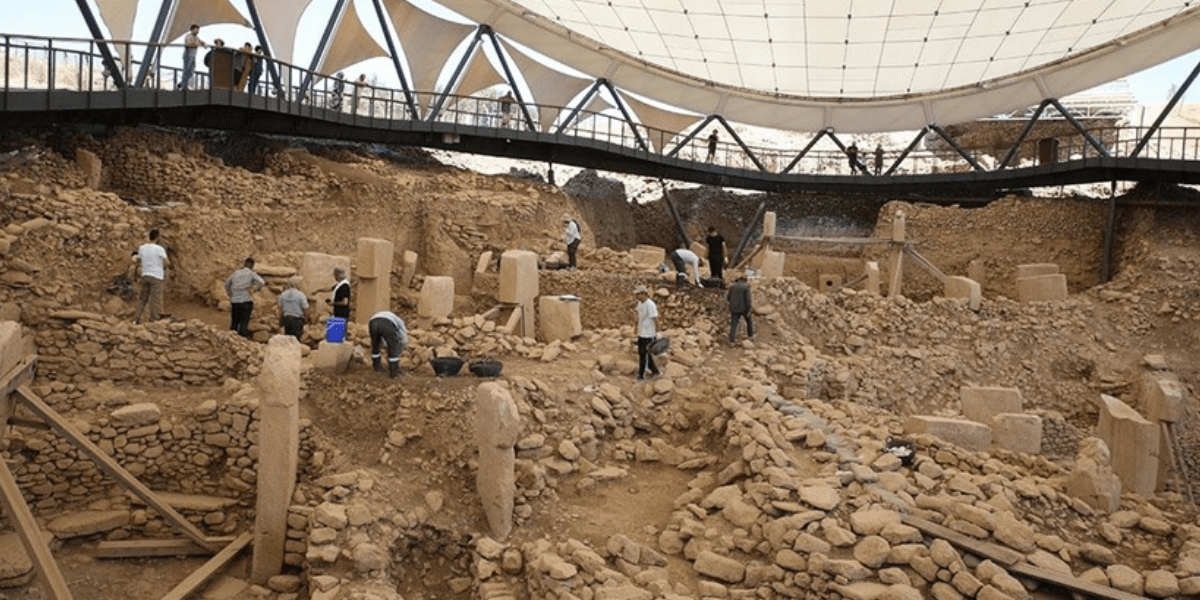
Excavations at Göbekli Tepe will continue until mid-October
The excavations in Göbekli Tepe, which deeply affected the history of humanity, will continue until October this year. Göbekli Tepe Excavation Head Prof. Dr. Necmi Karul said that one of their goals this season is to continue restoration work as in the past. Prof. Dr. Necmi Karul said, “Last year we completed the restoration of

